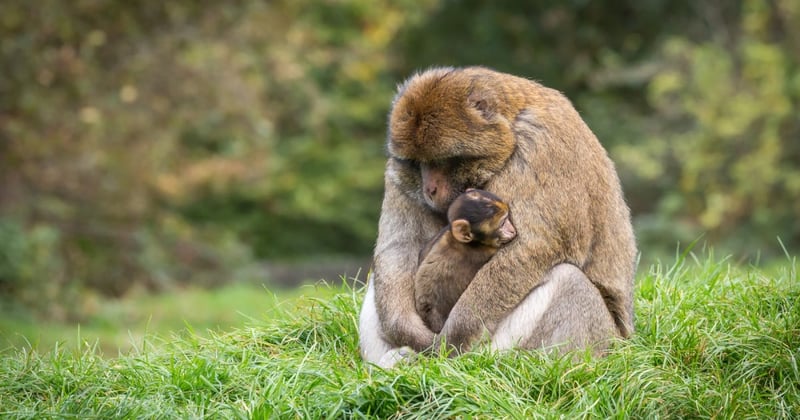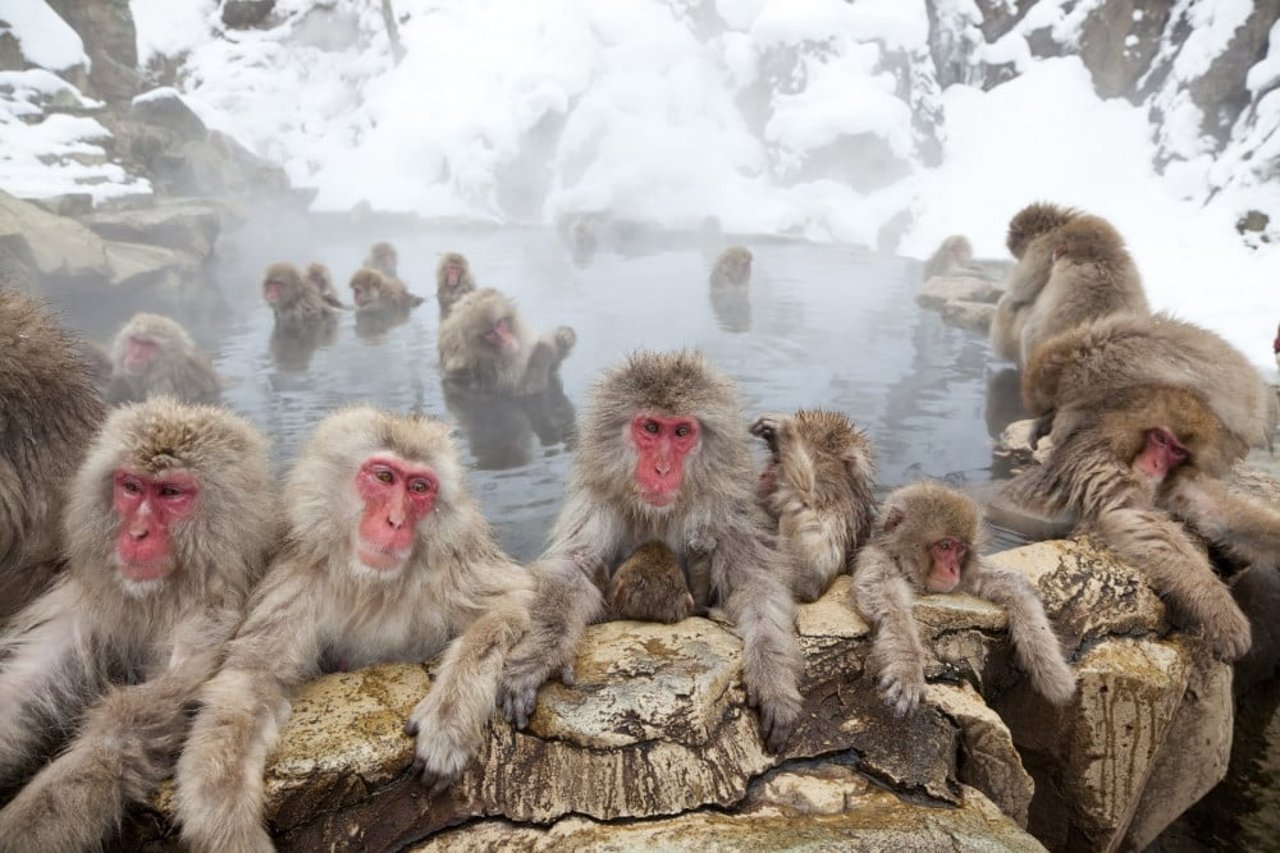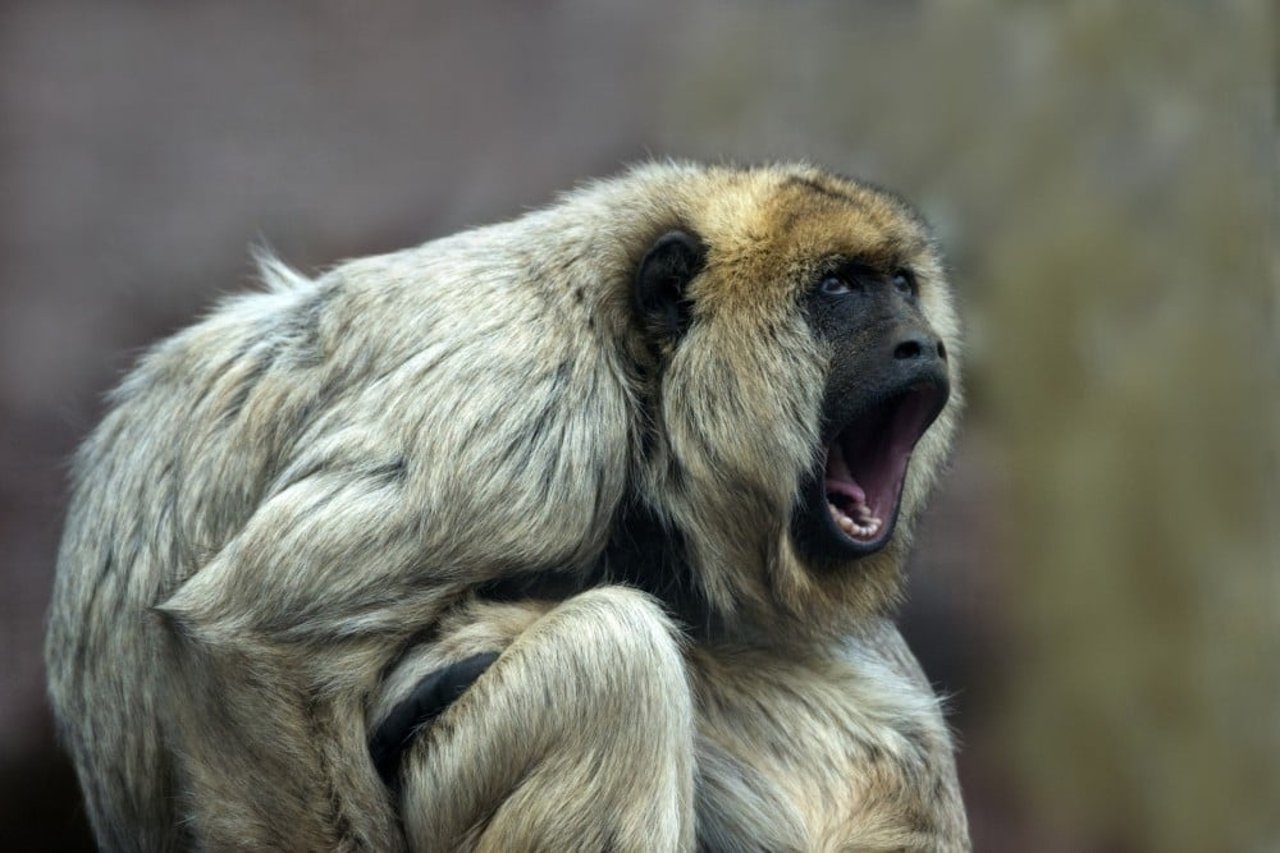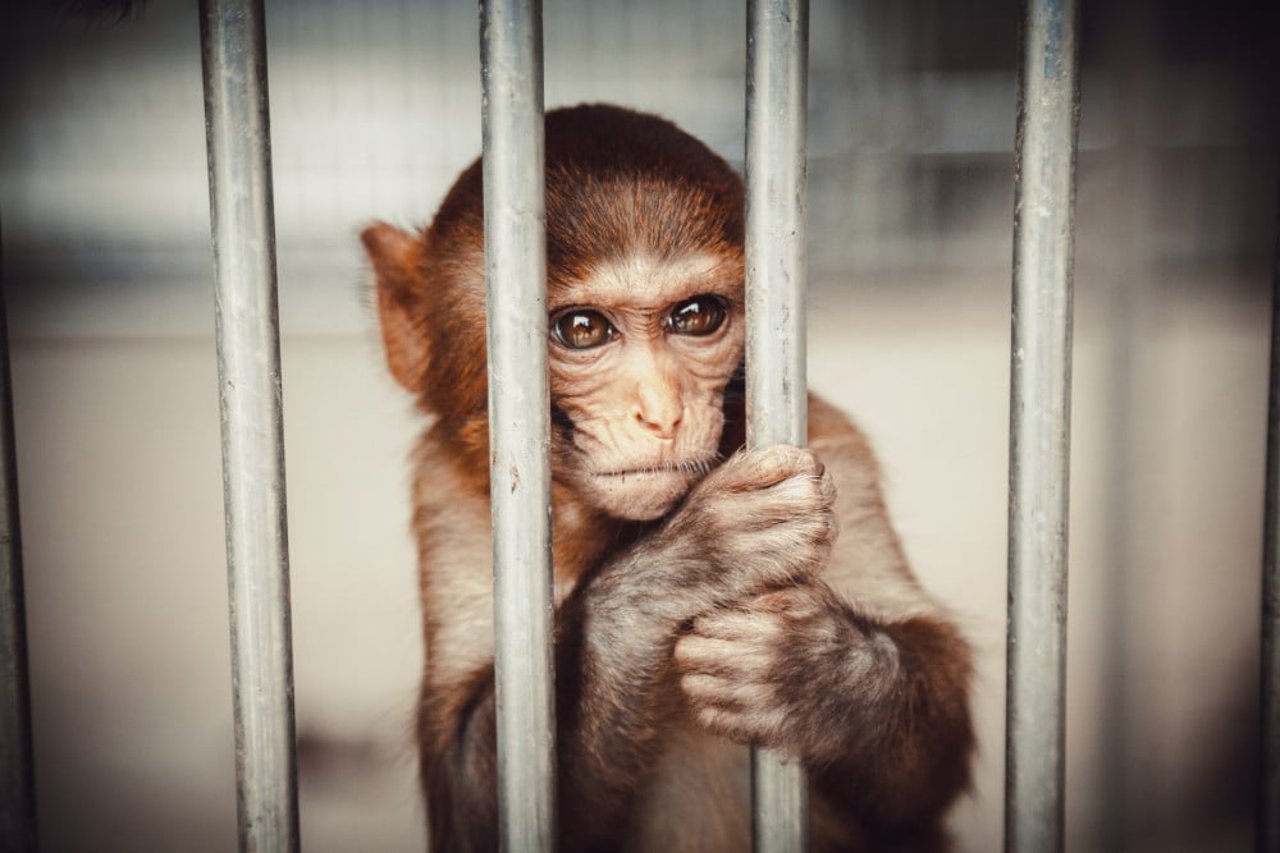
Monkeys are the largest group of nonhuman primates in the world and include a diverse range of species. Read on to learn five wild facts about monkeys, as well as one simple action you can take to protect them.
Japanese macaques.
1. Some Monkeys Like It Cold
While most monkeys prefer warm, sunny climes, the Japanese macaque (also known as the snow monkey) lives in the mountains and forests of Japan. They live farther north than any other nonhuman primate on Earth. Despite their affinity for a cold environment, they’re known for bathing in hot springs during the winter. It’s not just to keep warm, though. Scientists have proven that, much like humans, dips in the hot springs actually lower macaques’ stress levels.
2. The Barbary Macaque Is Europe’s Only Monkey
Only a single nonhuman primate species lives in the wild in Europe—the Barbary macaque. The Barbary macaque used to live across North Africa but is now endangered and found only in Algeria and Morocco—with one exception. A small number of Barbary macaques live in Gibraltar, a British territory at the Southern end of the Iberian peninsula. When the Gibraltar macaque population declined almost to the point of extinction during World War II, Winston Churchill allegedly ordered that more Barbary macaques be taken from North Africa to Gibraltar. Churchill wasn’t concerned from a conservation standpoint. There is a legend that the British will retain control of the peninsula only as long as macaques live in Gibraltar, and Churchill didn’t want the Germans to know the population was in peril. Unfortunately, Gibraltar isn’t a natural home for these monkeys. The government has to provide food in order for them to survive and stopping tourists from feeding and interacting with them is a continual problem.
Howler monkey.
3. This Monkey Doesn’t Need a Megaphone
The distinction of “loudest monkey” belongs to the howler monkey, who lives in the treetops of Central and South America. Their vocalizations sound like barks or roars. Groups of howler monkeys regularly call back and forth to one another, especially in the morning and at night.
4. Mandrills are Massive
Mandrills are not only the largest of all monkey species, they’re also among the most colorful with distinctive blue and red markings along their faces and their rears. Mandrills weigh in at an average of 77 pounds and reach a length of three feet. Compare that to the pygmy marmoset—the world’s smallest monkey—who weighs only a few ounces!
5. Scandal! Curious George Probably Isn’t a Monkey
One of the world’s most recognizable monkeys is Curious George, the children’s book character. But almost all monkeys have tails (except the Barbary macaque), while Curious George does not. Considering Curious George bears little resemblance to a Barbary macaque, some biologists argue that Curious George is more likely an ape, perhaps a juvenile chimpanzee.
Whether a monkey or an ape, Curious George’s story is tragic. He is taken from his home in Africa to a zoo in the US. Eventually, Curious George leaves the zoo and accompanies the Man with the Yellow Hat on his travels. Instead of living in the wild with his family, he participates in human activities like taking a hot air balloon ride or riding on a roller coaster. Human children might love his adventures, but a real monkey (or ape, for that matter) would be miserable.
Monkeys and all nonhuman primates can only fully thrive in the wild. They’re not our companions, toys, or props, and they should never be kept in someone’s home. Unfortunately, thousands of monkeys are still kept as “pets” in the US. Many of these animals are held in small, barren cages for much of the day, without the socialization and freedom that they need to be happy. Tell your federal legislators to co-sponsor the Captive Primate Safety Act and help keep monkeys in the wild.


